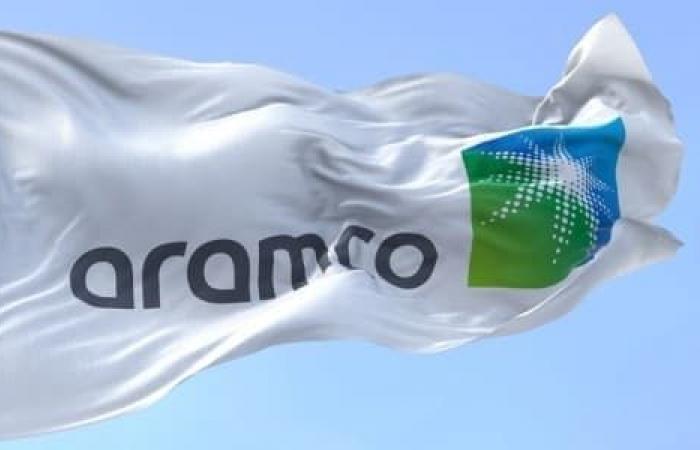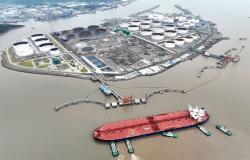Saudi oil giant Aramco has big plans for its fossil fuel future, despite calls for a global green transition. The oil and gas company is investing heavily in the future of LNG, cementing its position in the international market as demand continues to grow. This year, it announced several major investments in LNG, in line with the company’s development plan. Moreover, Aramco CEO Amin Nasser has strongly supported greater international investment in oil and gas, suggesting that demand will remain high for many years, contrary to projections by the International Energy Agency (IEA) that demand will decline from 2030.
Last year, Aramco announced plans to increase its oil production from 12 million barrels per day to 13 million barrels per day by 2027, with a projected investment of $40 billion between 2024 and 2028. However, earlier this year, it announced that it no longer planned to increase its crude output as much, refocusing instead on natural gas. The change in direction means that some oil projects will be canceled, including the Safaniya and Manifa augmentation programs.
It seems to be betting everything on natural gas. Last September, Aramco acquired a minority stake in MidOcean Energy for $500 million, marking its first foray into the international LNG market. Nasser said: “For MidOcean, we are in the process of getting the right approvals. We are also interested in the US. We are in discussions with a number of companies and partners in the US and other parts of the world because it is a growing market. Very significant. We see it as a growth opportunity to expand our position in LNG.” Aramco has raised its gas production target to more than 60% by 2030, from a 2021 baseline.
In June, Aramco signed contracts worth more than $25 billion. About $12.4 billion will go to the second phase of the expansion of its Jafurah gas field and $8.8 billion will go to the third phase of the expansion of its main gas network. Also awarded were 23 contracts for gas drills worth $2.4 billion, as well as two directional drilling contracts worth $612 million and 13 well connection contracts at Jafurah worth $1.63 billion. This reflects the company’s plans to develop Saudi Arabia’s unconventional gas reserves, using advanced extraction methods.
Jafurah is the largest unconventional gas field not associated with oil in Saudi Arabia and could well be the largest shale gas operation outside the United States, with reserves of 229 trillion cubic feet of gas and 75 billion barrels of condensate. Phase one of development at Jafurah began in 2021 and initial start-up is expected in late 2025. Aramco estimates that total lifecycle investment at Jafurah will exceed $100 billion, with projected production of two billion standard cubic feet per day by 2030, as well as large volumes of ethane, LPG and condensate.
Nasser said: “By producing an anticipated sales gas of 2 billion standard cubic meters per day by 2030, this bold move will strengthen Saudi Arabia’s position as one of the world’s leading natural gas producers.” Nasser also hopes that the investment will diversify the company’s portfolio, strengthening its position in the market.
The investment in Saudi Arabia’s main gas network will contribute to a 4,000 km expansion of pipelines, increasing capacity by approximately 3.2 billion standard cubic meters per day, as well as connecting several new cities to the network. Several companies have won contracts as part of the investment, including a consortium of Hyundai Engineering & Construction and China’s Sinopec.
Aramco’s major investment announcements come at a time when many other companies are cutting spending on oil and gas in favor of diversifying their energy portfolios. The IEA recently said it expects weaker demand growth and a large surplus of crude oil supplies this decade. A recent IEA report indicates that global demand for oil, including biofuels, reached just over 102 million barrels per day in 2023 and predicts that demand will stabilize at around 106 million barrels per day by 2030. However, due to the ramp-up in global production following the pandemic, production is expected to outpace demand between now and the end of the decade, with total oil production likely to reach 114 million barrels per day by 2030.
However, Nasser has repeatedly urged companies to increase their investment in oil and gas, suggesting that the IEA’s prediction is unfounded. Nasser recently said: “In the real world, the current transition strategy is clearly failing on most fronts.” Nasser cited a KPMG report showing that fossil fuels accounted for 82% of global consumption in 2023. He said: “This is hardly the future picture that some have painted. All this reinforces the idea that peak oil and gas production is unlikely for some time, let alone in 2030.”
Par Felicity Bradstock pour Oilprice.com
More interesting reading on Oilprice.com:






